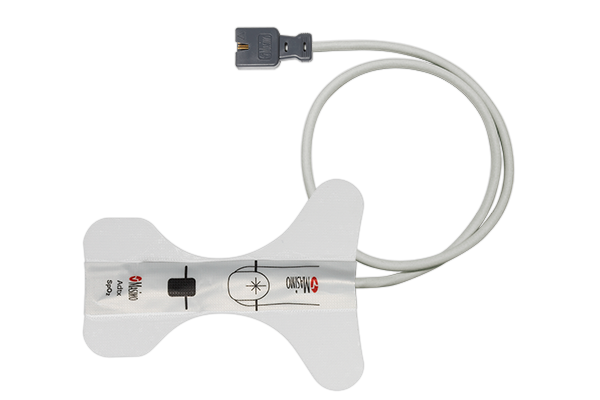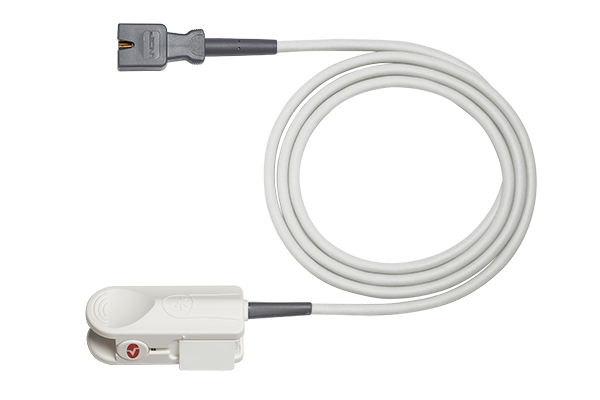Home / LNCS Sensors
LNCS Sensors
LNCS®
LNCS®
Featuring Masimo SET® Measure-through Motion and Low Perfusion™ Technology
LNCS, or Low Noise Cabled Sensors, are available in a wide variety of designs to serve the needs of many types of patients. LNCS sensors are intended for hospitals that prefer to minimise clinician-user-interface change when upgrading their pulse oximetry to Masimo SET® and do not anticipate adopting rainbow® technology. LNCS sensors are cabled with a DB9 connector, compatible with LNC patient cables, which enables use with Masimo SET® pulse oximeters and Nellcor sensor-compatible instruments without OxiMax®.
Additional patient cables are available to connect LNCS sensors to a variety of pulse oximeters and multi-parameter monitors equipped with Masimo SET®. Adapter cables are also available for monitors with conventional Nellcor technology, allowing standardisation on sensors throughout a facility with a mixed inventory of pulse oximeters.
LNCS sensors provide excellent SpO2 performance while facilitating patient comfort with a connector positioned away from the sensor application site. Specialty LNCS sensors with built-in intelligence are available for patients with limited or no access to digits or patients with extremely low perfusion.
Single-patient-use LNCS Sensors
Single-patient-use LNCS Sensors
- Appropriate for short- or long-term monitoring of adult, paediatric, infant, and neonatal patients
- Designed for finger, toe, thumb, hand, or foot application, offering secure positioning of the optical components
- SofTouch™ sensors are designed for patients with fragile skin and feature a non-adhesive wrap made from soft foam material, with hook-and-loop attachment
- Minimise the risk of cross-contamination
For Use on Different Patient Types
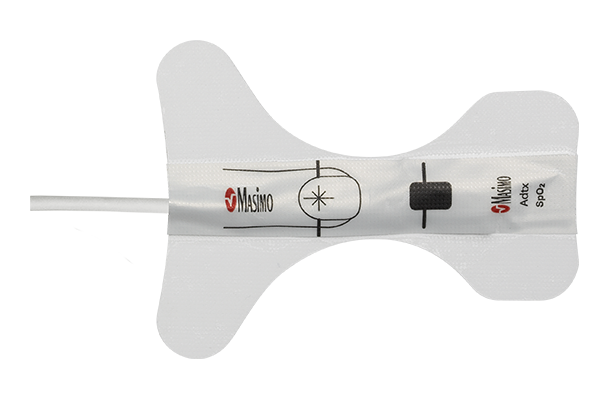
Fold-over-Style Sensors
- Available in adult and paediatric sizes
- Sensor graphics printed on the sensor assist with sensor application, removal, and reapplication
- Sensor labels alert users to location of emitter/detector
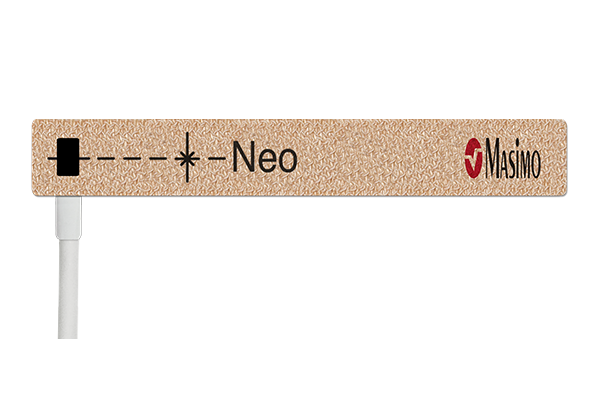
Wrap-around Style Sensors
- Available in adult, paediatric, infant, and neonatal sizes
- Easily removed and reapplied
- Suited for patients with long fingernails or finger deformities
Specialty Sensors
Specialty Sensors
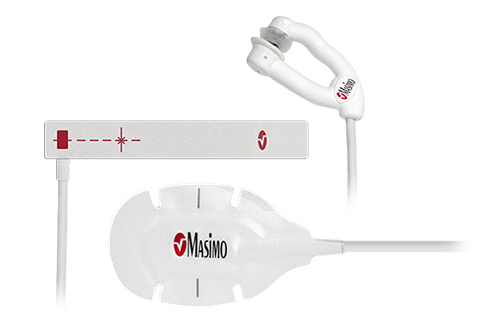
Speciality sensors offer built-in intelligence for specific patients with special needs. Masimo Trauma and Newborn sensors automatically enable Masimo SET® and rainbow SET™ devices to the fastest SpO2 and pulse rate readings at maximum sensitivity and allow quick application with a minimal adhesive attachment. In addition, Masimo offers ear and forehead sensors for clinicians seeking alternative monitoring sites ensuring that regardless of need or setting—operating room, emergency room, post anesthesia care unit, critical care unit, labor and delivery, transport, home care, physician office, EMS and more—clinicians have a myriad of options.
Alternative Monitoring Site to Digit Sensors
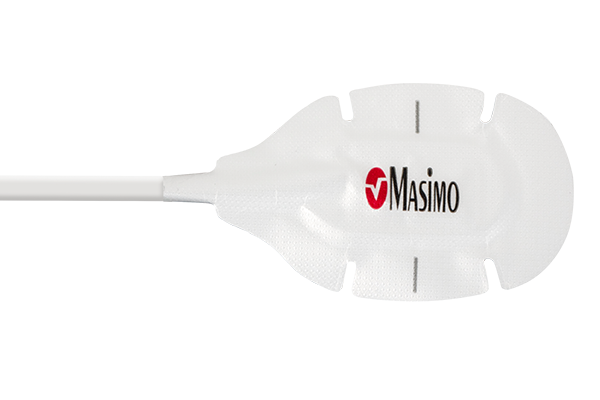
TFA-1® Sensor
- The forehead site may provide oxygen saturation measurements that are less susceptible to peripheral perfusion changes
- Offers easy access during surgery, resuscitation, and in patients with finger deformities, or when digit access is not possible
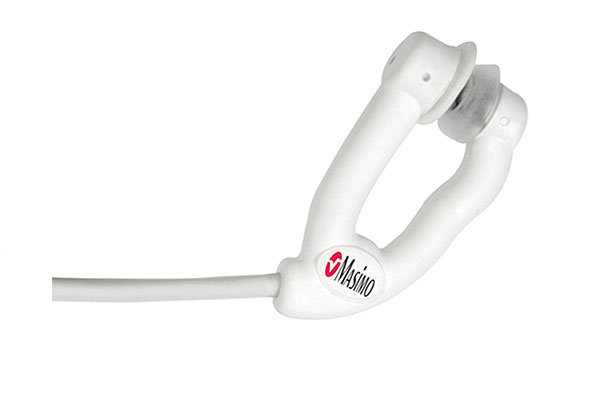
E1® Sensor
- Offers reliable measurements during extremely low perfusion when Masimo Max Sensitivity setting is not enabled1
- Provides alternative to digit sensor when forehead site is unavailable (for example, during brain function monitoring, cerebral oxygenation monitoring, or neck stabilisation during trauma)
- Reduces complexity of reusable ear sensor management (cleaning, storage, and inter-departmental transport)
Reusable LNCS Sensors
Reusable LNCS Sensors
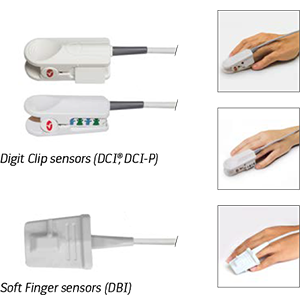
Digit Clip Sensors
Digit sensors are designed to be applied to a finger, for spot-check or continuous measurements, and are available for adult and paediatric populations.
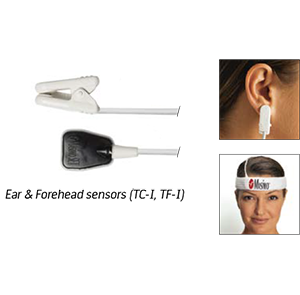
Ear and Forehead Sensors
Forehead and ear sensors provide faster detection of desaturation and resaturation during low perfusion, compared to digit sensors. In addition, the forehead or ear may provide an easily-accessible alternate site during surgery, during resuscitation, in patients with finger deformities, or when digit access is not possible.1
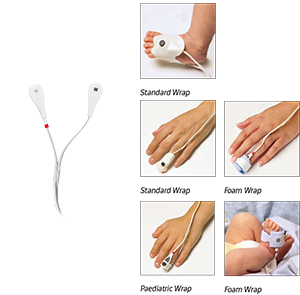
Multisite Sensor (Y-I)
Multisite sensors fit various monitoring sites (finger, toe, thumb, hand, foot) for adults, paediatric, infants, and neonates using adhesive or non-adhesive attachment wraps.
References:
- 1.
Tokuda K et al. Anesthesiology. 2007;107:A1544.
LNCS Sensors
Explore LNCS Sensors
RESOURCES
For professional use. See instructions for use for full prescribing information, including indications, contraindications, warnings, and precautions.
PLCO-001718/PLM-11082B-0318
